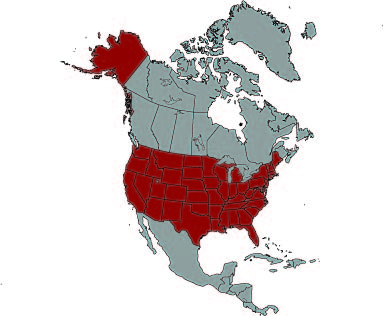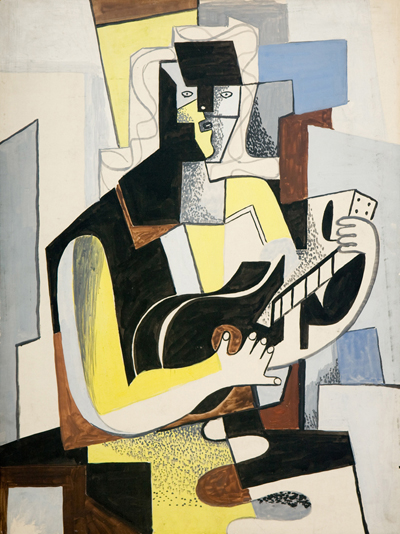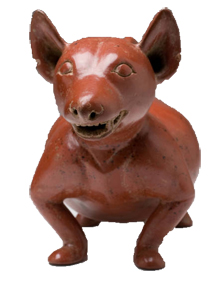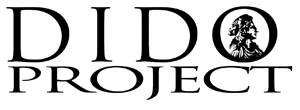

Of the two types of Cubism, Analytic was much more abstract, reducing figures to unidentifiable shapes and relying on an almost monochromatic color scheme. Synthetic Cubism also used multiple vantage points. However, subjects were more recognizable, though simplified, and color was returned. Artists did not limit themselves to paintings and drawings, and Cubist sculpture emerged, following the same principles. The influences of Cubism were far-reaching, affecting much of art in the 1900s.
Richard Koppe's Woman in the Yellow Dress is an example of Synthetic Cubism. The figure and her instrument are clearly identifiable, but depicted using geometric shapes. Both the front and side views of the woman's face and the guitar handle can be seen. Take a look at the African mask featured in the Timeline. Can you see a connection between the characteristics of this object and Cubism?
Richard Koppe, American
(1916-1973)
29 inches H; 22 inches W
Works Progress Administration Allocation
1943.502.008
1906 President Theodore Roosevelt is the first American awarded Nobel Peace Prize.
1939 World War II begins in Europe.
1941 National Gallery of Art opens in Washington, D.C.
1941 Bombing of Pearl Harbor.




